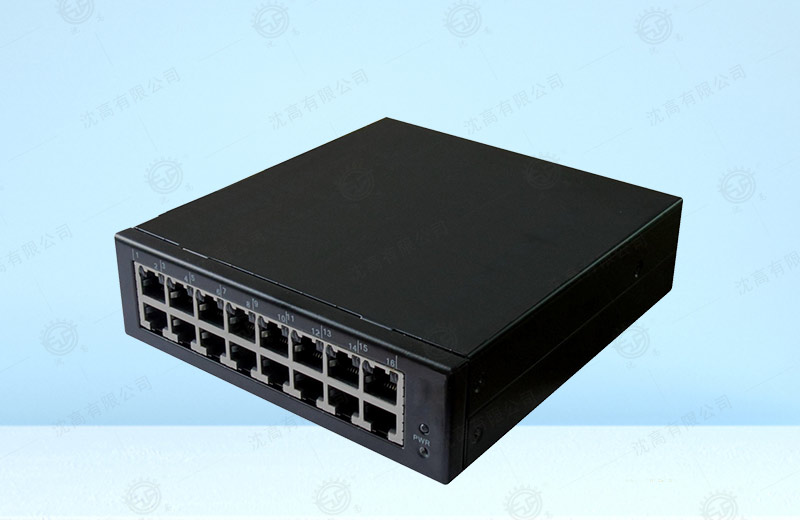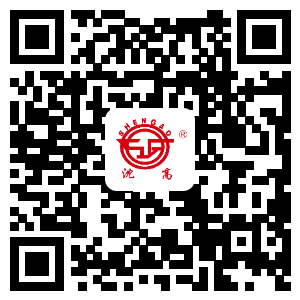The English name for a Hub is "Hub"."Hub" means "center". The main function of a Hub is to regenerate and shape the received signal to enlarge the transmission distance of the network, and at the same time, all nodes are concentrated on the node centered on it.It works at the OSI(Open Systems Interconnection Reference Model) reference model level 1, the "physical layer."Hub, like network card, network cable and other transmission media, belongs to the basic equipment in the local area network, and adopts CSMA/CD (i.e. carrier sense multiple access technology with collision detection) media access control mechanism.Each interface of the hub sends and receives simple bits. When it receives a 1, it forwards a 1, and when it receives a 0, it forwards a 0, without collision detection.
Hub is a pure hardware network equipment, basically does not have the "intelligent memory" and "learning" ability similar to the switch.It also doesn't have the MAC address table of a switch, so it sends data untargeted and instead broadcasts it.That is to say, when it wants to send data to a node, it does not send data directly to the destination node, but sends data packets to all nodes connected with the hub, as shown in the figure, simple and clear.
Hub is a multi-port repeater. When the HUB is the central device, a fault occurs in one line of the network, and the work of other lines will not be affected.So HUB has been widely used in LAN.Most of the time it is used in star and tree network topologies with RJ45 interfaces to various hosts (there are also BNC interfaces), there are many types of HUB according to different terms.







